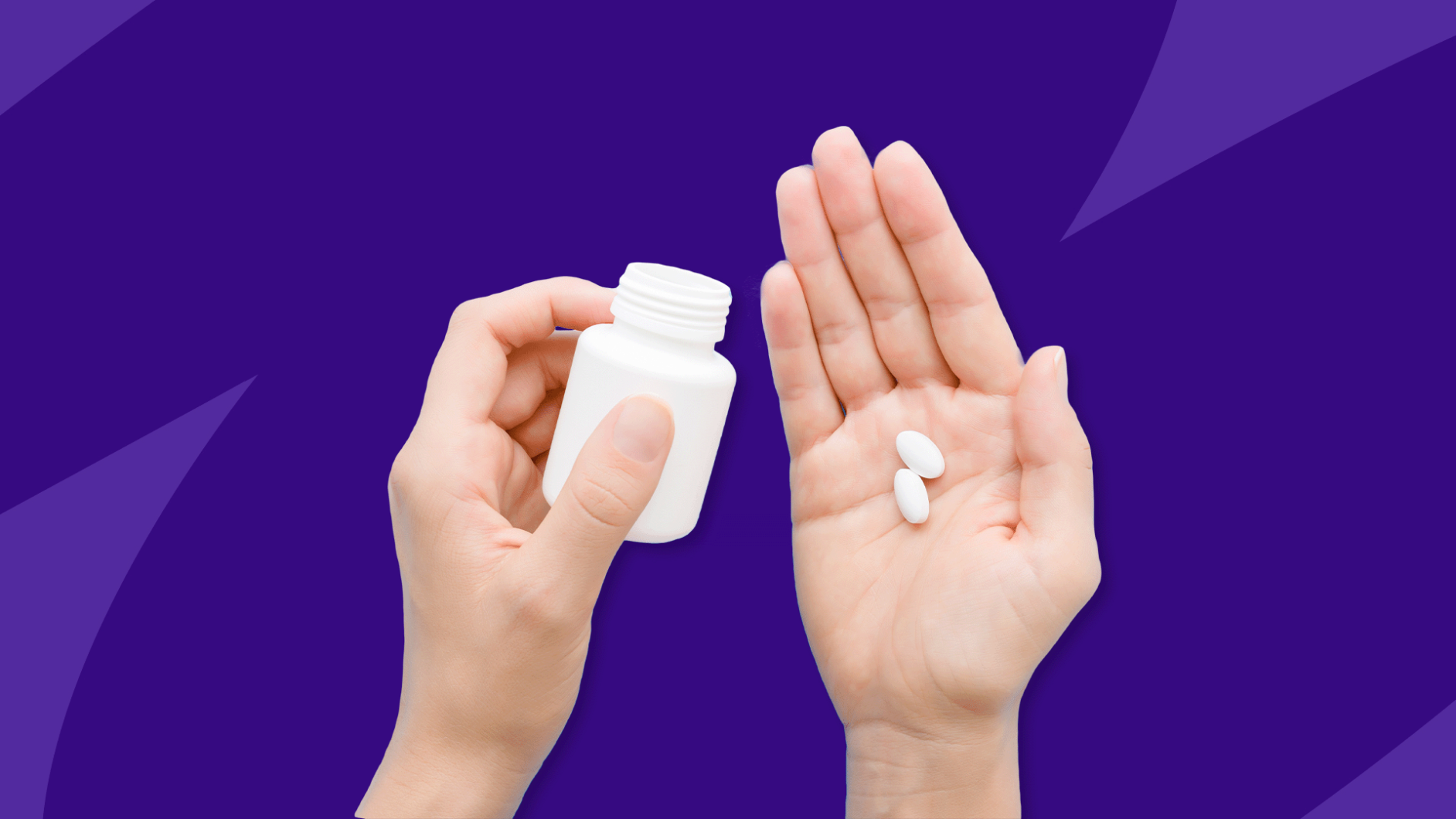Key takeaways
Infections often produce pain and fever, symptoms that Tylenol could help mitigate.
Amoxicillin is an antibiotic for sinus and ear infections, pneumonia, skin infections, and urinary tract infections, all of which can produce pain and fever.
When needed, amoxicillin and Tylenol can be used concurrently.
Both drugs have their list of adverse effects and drug interactions, but in general, neither drug exacerbates the risk potential of the other.
As a member of the penicillin drug class, amoxicillin is one of the most commonly used antibiotics in the nation. When considering that many bacterial infections are associated with pain and fever, you can probably guess that plenty of circumstances arise when Tylenol and amoxicillin can be helpful. Fortunately, they can be taken together. The problem is that they each have their own side effects and interactions, so it is imperative to read on and understand the details of this drug duo.
RELATED: Acetaminophen interactions to avoid | Amoxicillin interactions to avoid
Can you take Tylenol with amoxicillin?
To be clear, you can take Tylenol and amoxicillin, which is good news for patients and parents. The drugs don’t directly affect each other. This means they don’t worsen each other’s side effects, and one drug doesn’t make the other less effective. For example, suppose you are taking amoxicillin for a sinus infection. In that case, Tylenol is a reasonable option for relieving the associated facial pain or headache; likewise, acetaminophen can be taken as a fever reducer or to reduce body pain from pneumonia treated with amoxicillin. The amoxicillin could cure a urinary tract infection, while Tylenol reduces the associated lower abdominal pain.
Can you take Tylenol PM with amoxicillin?
Tylenol PM adds diphenhydramine, the active ingredient in brand-name Benadryl, to acetaminophen. Diphenhydramine is an antihistamine that is useful for the treatment of nasal allergy symptoms. It commonly causes drowsiness, so putting diphenhydramine with acetaminophen makes Tylenol PM a popular pick at bedtime to assist with pain relief and sleep. This over-the-counter combination tablet can be taken alongside amoxicillin.
Can you take Tylenol Cold and Flu with amoxicillin?
Combination cold medicines can pack a lot of different drugs into one tablet. Beware of adverse reactions and drug-drug interactions when taking any of these. A common mistake is taking Tylenol and a combination cold medicine together, and if the cold medicine contains acetaminophen too, an overdose of acetaminophen can result. The topic has led to warnings and patient education from the U.S. Food and Drug Administration (FDA). Checking ingredient lists, reviewing the package insert information, and getting the professional medical advice of your pharmacist is critical.
Tylenol Cold and Flu Severe has acetaminophen, plus dextromethorphan for suppressing cough, guaifenesin for thinning mucus, and phenylephrine for reducing nasal congestion. This combination cold pill can be taken with amoxicillin. One scenario in which this may occur is during treatment for an ear infection, which is associated with nasal symptoms and cough.
Benefits of taking Tylenol and amoxicillin together
The pain reliever and antibiotic do not make one another more effective. By taking them together, you are simply realizing the benefits of each drug. Amoxicillin can help clear your infection; while it is doing so, Tylenol can help keep you comfortable. Tylenol is usually gentler on the stomach and kidneys than ibuprofen or other nonsteroidal anti-inflammatories (NSAIDs), alternative fever and pain treatment options. As an added bonus, amoxicillin and acetaminophen are in generic versions. Still, whether you reach for a brand or generic form, the SingleCare discount card could give you better pricing at the pharmacy.
RELATED: Can you take amoxicillin on an empty stomach?
What are the dangers of taking Tylenol and amoxicillin at the same time?
Concurrent therapy with Tylenol and amoxicillin does not heighten any risk, but it does not negate their adverse effects either. Amoxicillin could still cause nausea, vomiting, or diarrhea, or worse yet, it could lead to serious side effects like an allergic reaction or a case of clostridium difficile bowel infection (C. Diff). On the other hand, Tylenol could cause skin redness and itching or provoke diarrhea or constipation.
The most important danger of Tylenol is liver damage in the setting of overdose, which can be more hazardous with chronic alcohol ingestion or malnutrition. While amoxicillin dosing may need to be adjusted if kidney disease is present, Tylenol dosing may need to be reduced or avoided in people with liver disease. Pre-existing medical history and health concerns can influence the use of these drugs and many other meds.
Neither drug interacts with a litany of other therapeutics. Still, like all meds, amoxicillin and acetaminophen do have known drug interactions, meaning they can heighten adverse reactions or blunt the positive responses to certain prescription medications, over-the-counter drugs, and supplements. Warfarin, an anticoagulant, interacts with both amoxicillin and acetaminophen, resulting in blood that can become too thin and lead to bleeding complications. Anyone on warfarin should get medical advice from their healthcare provider before taking amoxicillin or Tylenol, and certainly before taking both. Anticoagulation levels may need to be monitored more closely, and warfarin dosages should be adjusted accordingly.
How long after taking amoxicillin can I take Tylenol?
No particular time interval needs to elapse between taking both drugs. The two medications can even be taken at the same time. Tylenol is typically dosed every 6 hours if needed rather than regularly. Amoxicillin therapy usually follows scheduled dosing two or three times daily. Remember to follow the instructions of your or your child’s doctor.
- Tylenol for children plus adults, DailyMed (National Library of Medicine) (2024)
- Amoxicillin: Drug label, DailyMed (National Library of Medicine) (2024)
- Drug interaction results, DailyMed (National Library of Medicine) (2024)
- Don’t overuse acetaminophen, FDA (2024)




